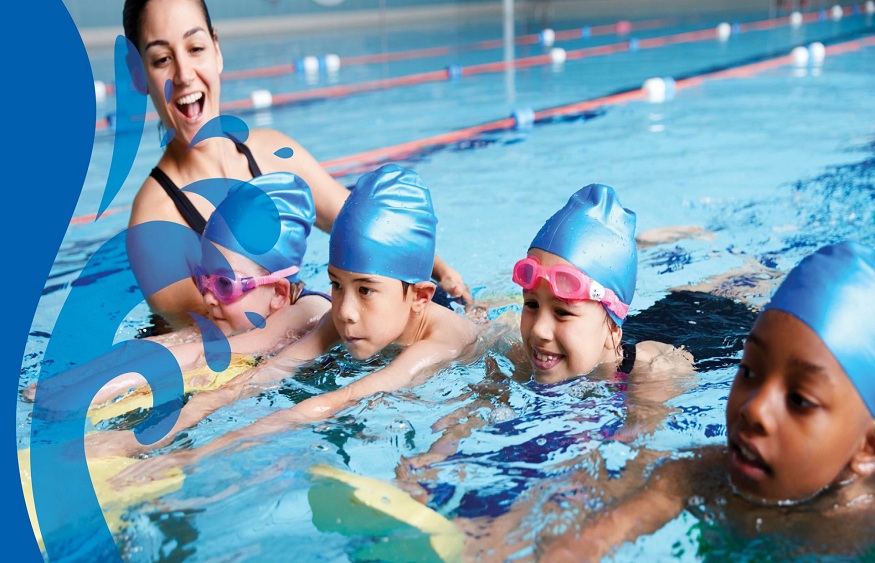Swimming pools are often hubs of community activity, providing a space for exercise, relaxation, and socialisation. However, for everyone to enjoy these benefits, it’s crucial to create an environment that is both safe and inclusive. Safety goes beyond preventing physical accidents; it also entails making everyone feel welcome and comfortable, irrespective of their age, skill level, or background. This is particularly essential for those who are new to swimming and may be considering taking a swimming lesson in Singapore or any other location.
Ensuring Physical Safety
The most immediate aspect of safety in a swimming environment is the physical well-being of the swimmers. Pools should be well-maintained with clear water and appropriate chlorine levels. Lifeguards must be vigilant and well-trained to respond to emergencies. Additionally, proper signage indicating the depth of the pool, slippery surfaces, and other potential hazards should be visibly displayed. It’s equally important to ensure that first aid kits and lifesaving equipment are readily available.
Accessibility Features
For a truly inclusive environment, swimming pools should offer accessibility features to cater to people with disabilities. This includes the availability of ramps, lifts, or zero-entry designs that allow for easy access to the pool. Specialised equipment, such as waterproof wheelchairs and assistive flotation devices, can also make a significant difference. Staff members should be trained in helping individuals with special needs so that everyone is able to enjoy the benefits of swimming.
Gender Sensitivity and Privacy
In today’s diverse society, considerations around gender sensitivity and privacy are paramount. Changing rooms and restrooms should be designed to accommodate everyone, including those who may not identify with traditional gender roles. Family-changing areas and gender-neutral facilities can provide a solution that respects everyone’s needs for privacy and dignity.
Cultural Considerations
Swimming pools are used by people from diverse cultural backgrounds, each with their own set of norms and expectations. Some individuals may have specific dress codes due to religious or cultural reasons, and pools should be prepared to accommodate this diversity. Clear communication about the dress code, preferably with pictorial representations, can help to prevent misunderstandings and ensure that everyone feels welcome.
Age-Appropriate Environments
The swimming needs of children, adults, and seniors differ significantly. An inclusive swimming pool will offer separate swimming times or demarcated areas for various age groups. Kid-friendly features like shallow pools, slides, and toys can make the environment welcoming for younger swimmers, while adults might appreciate dedicated lap lanes and deeper water. Seniors may benefit from warm water and gentle exercise classes designed to accommodate reduced mobility.
Community Engagement
One of the best ways to foster an inclusive environment is through active community engagement. This could include feedback surveys, suggestion boxes, or community meetings where users can express their thoughts and concerns. Public swimming pools should be open to making adjustments according to the unique needs of their community members.
Conclusion
Creating a safe and inclusive swimming environment is a multi-faceted effort that requires attention to physical safety, accessibility, and the diverse needs of the community. By taking these factors into account, swimming pools can become welcoming spaces for everyone, thereby enriching the community as a whole. Whether you’re a beginner considering a swimming lesson in Singapore or a seasoned swimmer, an inclusive environment will enable you to enjoy the numerous benefits that swimming has to offer.

